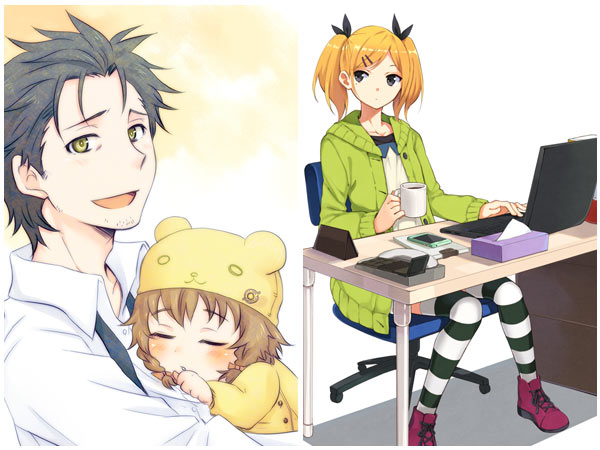
Japan is a country that faces many challenges. Strong global competition from China and South Korea. The lowest rate of entrepreneurship in the developed world, especially by females. A national debt so huge — 240% of the country’s GDP — no one knows how to begin to fix it. And then there’s 少子化 shoushika, the trend of having fewer children around each year as a result of the country’s low birth rate. This leads to depressing things like toy stores closing and being replaced by shops selling Buddhist altars and gravestones, something I’ve observed firsthand in my city. The new data for 2014 was released earlier this month, and it’s more bad news: there were 1,003,352 babies born last year versus 1,273,020 deaths, for a net population drop of 270,000 people. There are many reasons for this population drop: a highly educated and industrialized population in which people get married later than they have in the past, the high cost of raising a child to adulthood, and new social forces like 草食化 soushoku-ka or “hebivorification,” the trend of young men being happier cooking or browsing social media on their smartphones than going out then going out and finding females to conquer sexually. Compared to Japan, things in the U.S. are going swimmingly, with a birthrate of 1.86 babies for every female (compared to 1.4 in Japan), and an endless supply of foreigners eager to immigrate at any time, something Japan sadly lacks.
Back in the early days of my interest in Japan, I used to wonder how computers and word processors might work in the language, with its convoluted system of hiragana and katakana (which are syllable-based writing systems used for expressing Japanese and foreign words) and kanji (pictographs that communicate complex meaning). While I imagined keyboards with hundreds of keys on them to make input possible, the reality is much simpler: modern OSes (both on computers and smartphones) use front-end processing programs to take text you’ve entered using the normal QWERTY keyboard layout and convert it to the proper kanji or kana characters for you when you hit the space bar. There are certain fundamental issues that come up when entering Japanese text into a computing device, though. First, there’s the danger of 変換ミス henkan-miss or having the OS guess the wrong kanji, like when it chooses 性交 (seikoh, to have sexual intercourse) when you intended to write 成功 (seikoh, to succeed at something). Another problem is 文字化け mojibake, literally “characters turning into monsters on your screen,” which can happen if your web browser can’t figure out the correct character conversion to use for displaying text. Finally, since Japanese net users are the laziest in the world, and love to create weird slang words like うp (the character for ‘u’ followed by the letter ‘p’) for “up” (e.g. to upload something), or おk (the hiragana for ‘o’ with the English letter ‘k’) as a slacker way to write “ok.” Also, since virtually all Japanese enter text with a computer or cell phone rather than writing by hand these days, virtually everyone over the age of 25 has lost the ability to write many of the more complex kanji characters, which is a big problem for the country.
We’ve got some great news for fans of English-translated eroge from Japan: the upcoming Raidy III has gone Golden Master and will be shipping in a few weeks. The limited edition we’ve prepared for everyone is great, with a full color manual and a gorgeous set of dual-sided collectable cards that portray all the wonderful monster girls in the game. Preorder the game now!
















